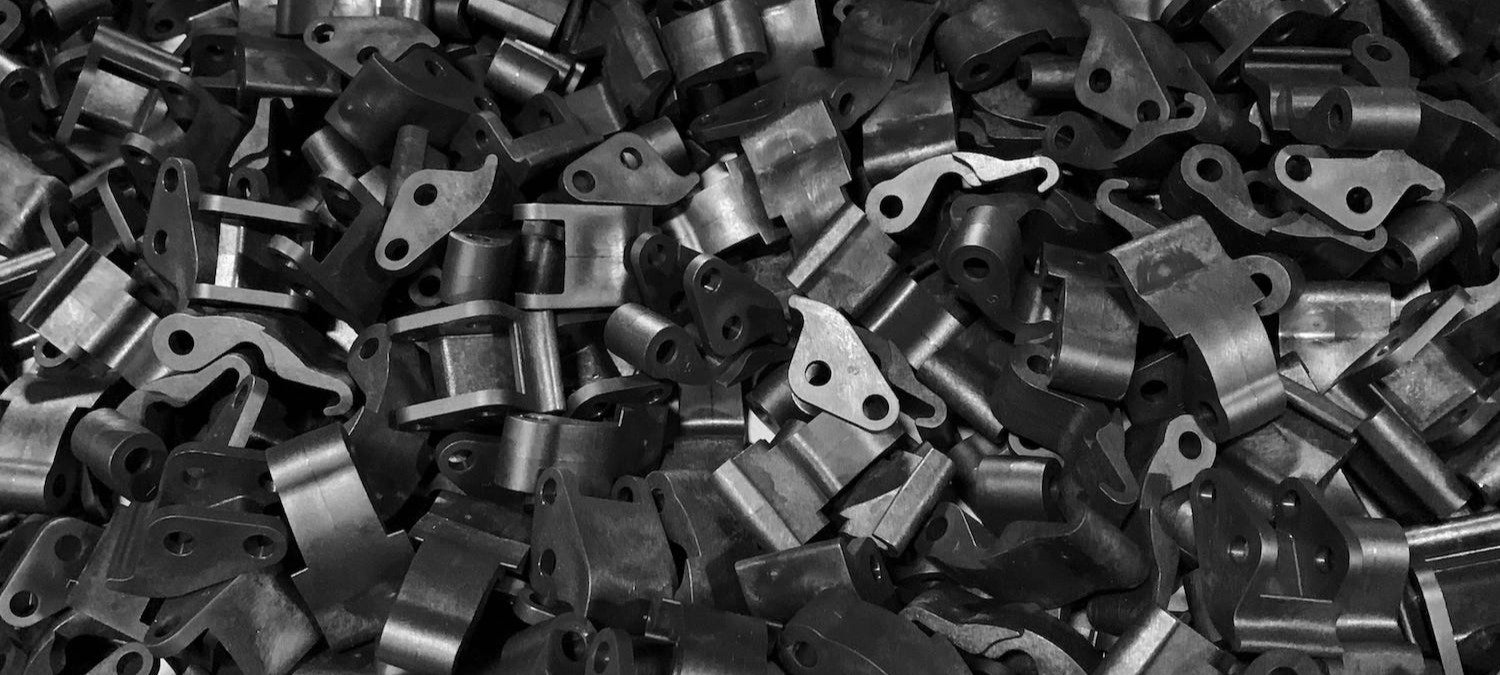Engineering grade plastics play a crucial role in manufacturing, offering high-performance alternatives to metals and other materials.
Engineering plastics are designed to withstand extreme conditions such as high temperatures, mechanical stress, and exposure to harsh chemicals. Their advanced properties make them essential in industries where reliability, longevity, and structural integrity are paramount.
Whether used in automotive components, aerospace applications, or medical devices, engineering grade plastics provide manufacturers with versatile, lightweight, and cost-effective solutions that meet rigorous industry standards.
Join us as we explore the defining characteristics of these materials, the industries that rely on them, and how they compare to commodity plastics.
What Are Engineering Grade Plastics?
Engineering grade plastics are a category of thermoplastics known for their superior mechanical, thermal, and chemical resistance properties. They are designed to perform under demanding conditions and often serve as metal replacements in industries requiring lightweight but durable materials. Engineering plastics offer enhanced performance, making them ideal for precision components, load-bearing parts, and high-stress environments.
5 Characteristics of Engineering Grade Plastics
One of the defining aspects of engineering grade plastics is their ability to maintain strength and function across a wide range of conditions. These materials typically exhibit:
1. High Mechanical Strength
They can withstand impact, pressure, and mechanical stress without deforming or breaking.
2. Chemical Resistance
They resist degradation when exposed to oils, solvents, acids, and other harsh chemicals.
3. Dimensional Stability
They maintain their shape and integrity over time, even under continuous load or fluctuating temperatures.
4. Wear and Friction Resistance
Some engineering plastics are designed to reduce friction, making them ideal for moving parts in machinery and equipment.
5. Heat Resistance
Engineering plastics have high melting points and can perform well in extreme temperatures.
Common Types of Materials Used in Creating Engineering Grade Plastics
Curious about the materials that make up engineering grade plastics? Here is a non-exhaustive list :
- Acrylonitrile Butadiene Styrene (ABS): Known for its impact resistance and ease of processing, ABS is widely used in automotive and consumer electronics.
- Nylons (Polyamides): Durable and resistant to wear, nylon is commonly used in gears, bearings, and structural components.
- Polycarbonate (PC): Offering excellent transparency and impact resistance, polycarbonate is used in safety glasses, medical devices, and electronic housings.
- Polyetheretherketone (PEEK): With exceptional heat and chemical resistance, PEEK is a preferred material in aerospace and medical applications.
- Acetal (POM): Recognized for its low friction and wear resistance, acetal is often used in mechanical parts such as gears and sliding components.
Applications of Engineering Grade Plastics
Engineering plastics are essential across various industries due to their specialized properties. They are used in:
Automotive Manufacturing
Components such as engine covers, dashboards, and fuel system parts rely on engineering plastics for their strength, heat resistance, and lightweight nature.
Medical Devices
Many surgical tools, prosthetics, and diagnostic equipment are made from medical-grade plastics that ensure safety and reliability.

Aerospace and Defense
Lightweight, high-performance plastics are used in aircraft interiors, structural components, and electrical insulation.

Electronics
Computer casings, connectors, and circuit board components benefit from the heat resistance and electrical insulation properties of engineering plastics.
Industrial Machinery
Engineering plastics reduce wear and friction in mechanical parts, improving the longevity and efficiency of machines.

Engineering Plastics vs. Commodity Plastics: What’s the Difference?
Let’s get a better understanding of the difference between commodity plastics and engineering grade plastics:
| Feature | Commodity Plastics | Engineering Grade Plastics |
| Definition | Common, low-cost plastics used for everyday applications. | High-performance plastics designed for demanding applications. |
| Cost | Affordable and widely available. | More expensive due to advanced properties. |
| Strength/Durability | Moderate strength, suitable for non-load-bearing applications. | High strength and durability, ideal for structural components. |
| Heat Resistance | Limited heat resistance; softens at lower temperatures. | High heat resistance, maintains integrity under extreme conditions. |
| Chemical Resistance | Moderate resistance to chemicals. | Excellent resistance to chemicals, solvents, and harsh environments. |
| Processing | Easy to mold and process, fast production cycles. | Requires specialized molding techniques and longer cycle times. |
| Applications | Packaging, disposable products, household items. | Automotive parts, medical devices, aerospace components. |
| Plastic Type Examples | Polypropylene (PP), Polystyrene (PS), Polyethylene (PE). | ABS, Nylon, PEEK, Polycarbonate (PC). |
Why Choose Molding Dynamics for Engineering Grade Plastics?
At Molding Dynamics, we specialize in working with engineering grade plastics to deliver high-quality injection-molded parts for demanding applications. Our expertise in material selection, tooling design, and manufacturing ensures that our clients receive durable, cost-effective solutions tailored to their industry needs.
Ready to explore engineering grade plastics for your next project?
Contact Molding Dynamics today to get started!






